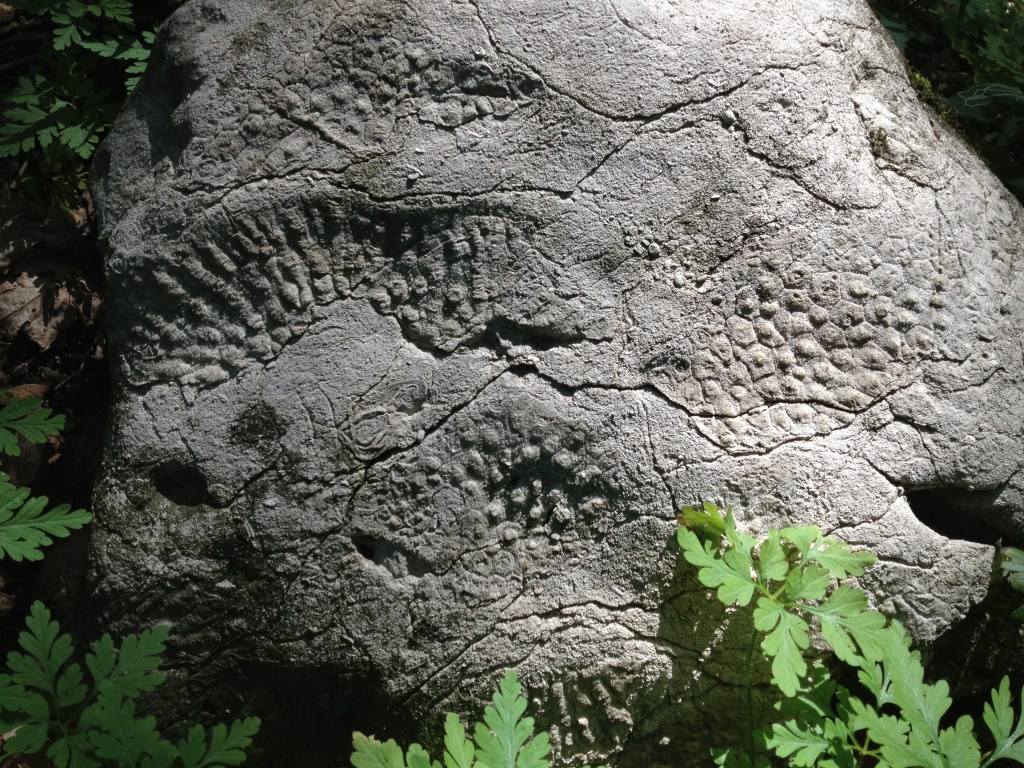Sleeping Bear, Hidden Wilderness
June 19, 2014
By: CLiGS
After a five year hiatus, not only does the Sleeping Bear Dunes National Lakeshore Conservation and Recreation Act mark a new wilderness area, it marks the end of the longest dry spell for wilderness action taken by Congress since the inception of the Wilderness Act in 1964. It is also, ironically, the first wilderness area to be designated the year of the 50th anniversary of the Wilderness Act.
Recognizing the intrinsic value of wild lands, there was widespread support for this designation spanning from local residents and tourists to advocacy groups, elected officials and community organizers. Pew Environment’s Campaign for America’s Wilderness, which brought on board a team of Michigan organizers, including Executive Master of Natural Resources (XMNR) inaugural cohort alumna Maggie Striz Calnin, was one of countless organizations involved in pushing for this designation.
The team helped galvanize and bring this widespread support to light by keeping local individuals and groups engaged with various local media outlets and members of Congress. Maggie believes that the ultimate success of this wilderness designation stems from a locally-driven, grass-roots approach to wilderness appreciation. By showing the considerable amount of cross-sector backing, they were able to convince congressmen of its importance and in turn preserve this unique American landscape for future generations.

In line with the Wilderness Act’s intent to preserve exceptional landscapes in their primordial state, Sleeping Bear is home to a globally unique freshwater dune field, with some dunes stretching almost 400 feet above the shore! It also has some significant flora and fauna such as an old-growth stand of giant northern white cedars, and a dozen species of orchid.
Despite its incredible setting, Sleeping Bear went through decades of controversial debates over its environmental protection. As early as the 1960s, Sleeping Bear Dunes was one of the many shorelines fought to be protected by four U.S. Senators, along with other favorites such as Cape Cod, MA, Padre Island, TX, and Cumberland Island, GA. In 1970, Sleeping Bear Dunes was designated a National Lakeshore thanks to a Senator who championed for its preservation despite the controversy of having to relocate residents and property owners.
While the intent was always that the new park be managed as wilderness, its designation was never enacted by Congress, until now. It all began about ten years ago when the National Park Service drafted up a management plan that proposed closing county access roads and limited a variety of public uses throughout the park’s 70,000 acres. In 2009, an updated management plan based on public input was developed which drew wilderness boundaries around about 50% of the park’s acreage, or approximately 32,557 acres along the mainland shore of Lake Michigan. Thanks to the incredible amount of local support, and the campaign’s ability to get their voices heard, these wilderness boundaries now help preserve and honor the natural and cultural history of the area.





